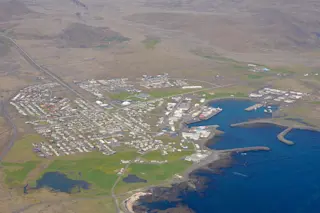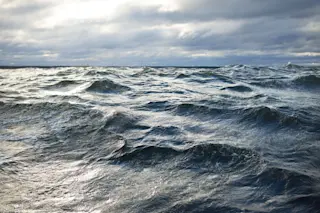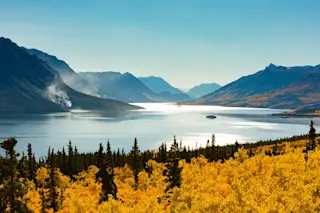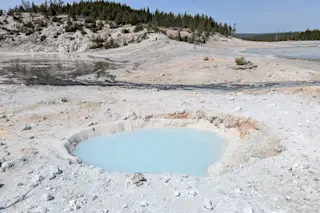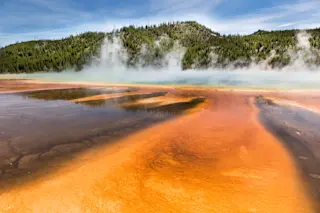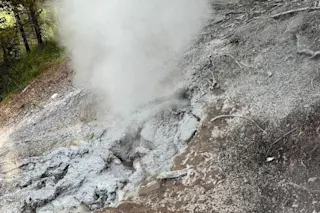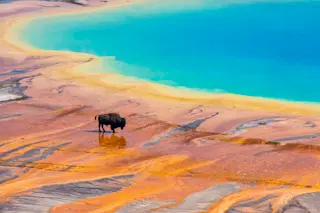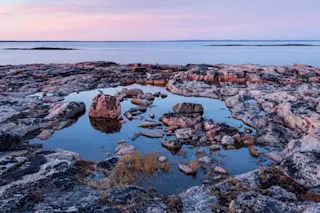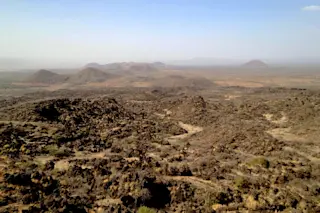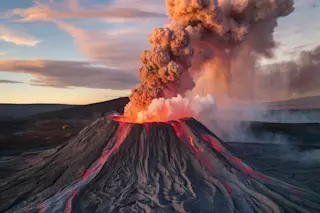Over the past few years, we've seen multiple volcanic eruptions on the Reykjanes Peninsula in Iceland at Fagradalsfjall. These eruptions have been a tourist boon, with lava fountains and lava flows pouring out over a mostly barren landscape not far from the nation's capital city. A third eruption might be starting soon, but the playing field is suddenly much different. The focus of earthquakes, cracks in the landscape and inflation is underneath the town of Grindavík, a fishing village with a population of nearly 4,000 people.
Grindavík is likely most famous for the Blue Lagoon (Bláa lónið), a hydrothermal area where locals and tourists go to soak in the waters warmed by the hot rocks of the Reykjanes Peninsula. The heat from the subsurface also powers the Svartsengi geothermal power station, one of the many such plants across Iceland. The harbor at Grindavík has made it ideal for fishing as ...


